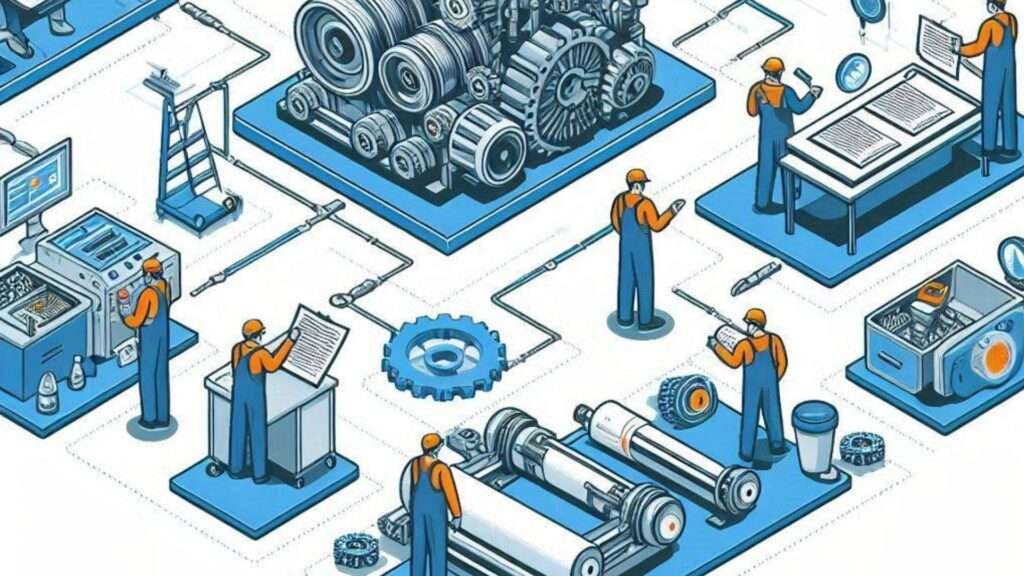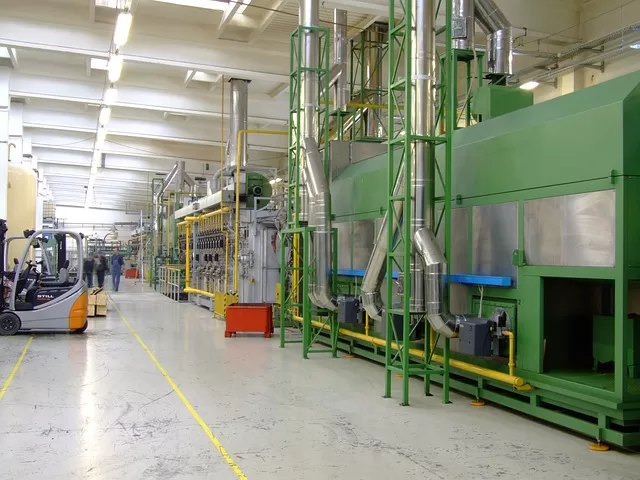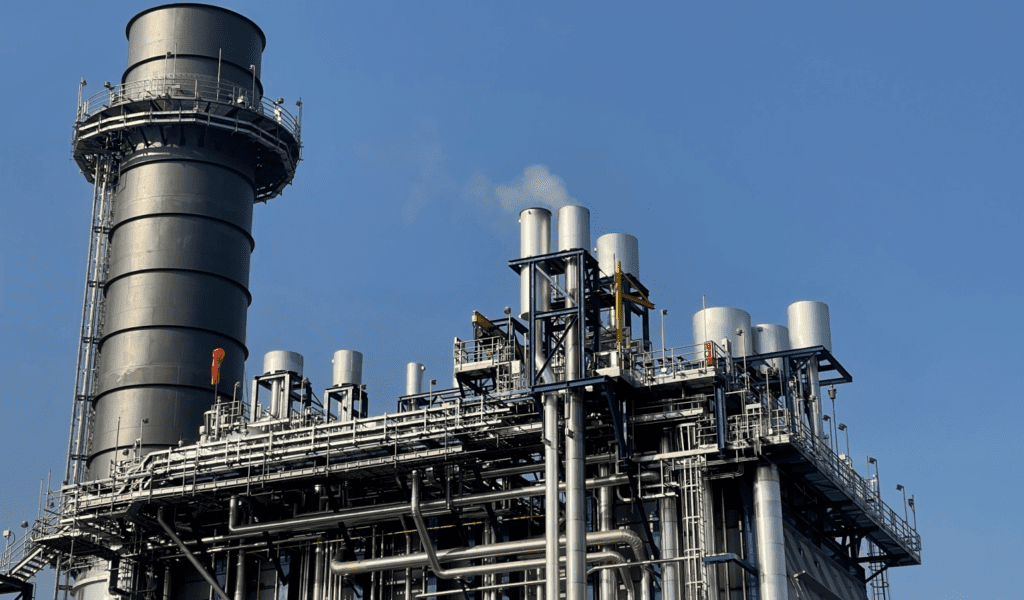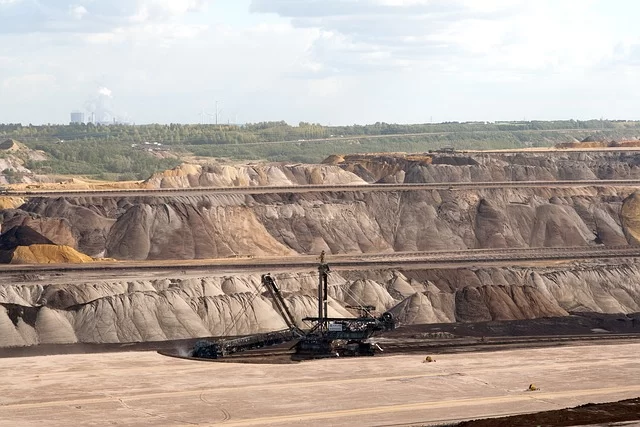Defect Elimination Management And Bad Actor Analysis.
Effective Defect Elimination Management is critical for maintaining asset integrity, optimising performance, and achieving peak production results.
This article will look at the complexities of identifying, understanding, and addressing asset defects, emphasising the importance of having a thorough understanding of their nature, impact, and potential consequences.
By delving into the nuances of defect analysis, I hope to demonstrate the importance of maintenance departments developing a framework for incorporating defect elimination and bad actor analysis into their proactive maintenance strategies, allowing them to make more informed decisions.
Understanding Asset Defects.
An asset defects are defined as flaws, imperfections, or deviations from design specifications or standard operational characteristics.
How a single defect affects the performance of an asset as a whole depends the type of defect, it’s location on the assembly of the asset and what happens when this defect exists.
For instance a small area of corrosion on a panel that can be easily replace and has no structural significance on the asset as a whole will not likely negatively affect the asset’s performance, safety, or longevity.
Defects can manifest in various forms such as:
1. A change in shape (bend, twist, breakage).
2. A change in operating temperature:
a. A defect that causes friction can instigate an increase in heat.
b. A defective cooling system will likely initiate increased operating temperature.
c. The failure of heating elements inside an asset will cause a decrease in temperature.
3. A change in noise:
a. It could be an increase in noise such as squealing, knocking, rattling, scraping, thumping, rumbling, flapping, banging or grinding type sounds.
b. Or, it could mean that something that is normally makes a distinct sound when operating becomes silent.
4. A change in vibration levels:
a. There may be an increase in the occurrence of the vibrations (amplitude) and the magnitude of vibrations experienced.
b. Defects can also change the pattern of vibrations, for example, a smooth sinusoidal vibration might become more erratic or impulsive.
c. Defects can also cause changes in the phase relationships between different vibration components or between vibrations measured at different points on the asset.
Understanding asset defects starts with accurate identification and capturing all known information about the defect in your CMMS.
The information provided on the work request should include a comprehensive grasp of how this defect is affecting the asset now and how it could potentially affect the asset in the future and what priority/timeframe does the maintenance team have to rectify the situation.
Depending on the classification of the defect, what system/systems are affected now or possibly in the future and what safety implications might be in play, a risk assessment style of information on the defect would be very beneficial in the work request.
This would typically involve evaluating both the consequence and likelihood of the defect leading to a failure or significant issue.
The factors are considered and incorporated into the outcome as follows:
1. Consequence Assessment:
a. Severity: Evaluate the potential impact if the defect leads to failure and this could include:
i. Safety implications (injuries or fatalities).
ii. Environmental impact.
iii. Production loss.
iv. Repair or replacement costs.
v. Regulatory compliance issues.
b. Scale: Consider the scale of the consequence.
i. Is it localized to a small part of the asset?
ii. Could it eventually affect the entire asset or even beyond?
c. Time frame: Assess both immediate and long-term consequences.
2. Likelihood Assessment:
a. Probability: Estimate the probability of the defect progressing to a failure.
b. Rate of progression: Consider how quickly the defect might worsen.
c. Detection difficulty: Factor in how easily the defect can be monitored or detected before it leads to failure.
d. Historical data: Use past experiences with similar defects, if available (What did we do last time? Check previous work orders).
e. Operating conditions: Consider how the asset’s operating environment might influence the defect’s progression.
3. Risk Calculation: The risk is typically calculated as a function of consequence and likelihood and it is often, expressed as Risk = Consequence × Likelihood. The risk outcome can be done quantitatively (using numerical values) or qualitatively (using categories like low, medium, high).
4. Risk Matrix: Many organizations will use a risk matrix to visualize and categorize risks. The consequence and likelihood are plotted on different axes, and the intersection determines the risk level. If done on a printed form, this could be scanned and added to the work request as an attachment, alternatively, risk assessment functionality could be incorporated into the work request transaction.
Developing a thorough understanding of asset defects and how to best address them is crucial for maintenance departments.
Regardless of whether assets have occurred on mobile or fixed plant, the overarching methodology for how to manage them remains the same for several key reasons:
1. Optimal Maintenance Strategies: Understanding defects allows for the development of targeted maintenance plans, reducing the need for corrective maintenance interventions and this keeps your resources engaged where they’re most needed.
2. Cost efficiency: Quality defect management leads to more efficient use of resources (internal and external), reduces overall operating costs:
i. It reduces the risk of individuals being summoned into work during the night
ii. Reduces the risk of large scale unplanned maintenance needing to occur at times when resources and equipment will be least available.
3. Improved reliability: By identifying and correcting defects in the appropriate priority/timeframe, and then making changes to preventive maintenance strategies to reduce the risk of reoccurrence, asset reliability and availability will likely improve, reducing the risks of unplanned downtime and subsequent production losses.
4. Safety enhancement: Recognising any safety-related potential for a defect to cause harm and then acting on it with the appropriate priority early on can prevent accidents and ensure a safer working environment for personnel.
5. Performance optimization: Understanding how defects can impact asset performance allows for improvements in operational efficiency and improved production planning.
6. Root cause analysis: A deep understanding of defects facilitates better root cause analysis, leading to more effective long-term solutions rather than temporary fixes.
7. Predictive maintenance: Knowledge of defect patterns enables the implementation of predictive maintenance strategies, the introduction of new condition monitoring technology, and the shift from reactive to proactive thinking and maintenance approaches.
8. Life cycle management: Understanding defects throughout an asset’s life cycle helps in making informed data-driven decisions about repairs, upgrades, midlife overhauls and eventual replacements.
9. Regulatory compliance: Quality defect management ensures compliance with health, safety and environmental regulations.
10. Knowledge transfer: For companies that operate at multiple locations, building a comprehensive understanding of defects within your CMMS creates valuable organizational knowledge that can be shared across sites and related maintenance teams.
By incorporating comprehensive defect management into a CMMS/Asset Management System’s maintenance modules, organisations can ensure that they are doing everything possible to achieve the best possible production results.
Understanding and effectively managing asset defects is critical in asset management, and cannot be overstated.
It serves as the foundation for effective maintenance and operational strategies, ensuring assets provide optimal value throughout their lifecycle.
Defect Elimination And Bad Actors.
Defect Elimination Management (DEM) is a widely used and increasingly important practice in asset management and reliability engineering.
It is a comprehensive approach that maintenance departments can use to identify, analyse, and eliminate recurring defects in assets or production processes.
I consider that the goal of Defect Elimination is to permanently resolve recurring defect-centric issues that affect asset reliability, performance, safety, and operational efficiency.
It goes beyond traditional maintenance practices, focusing on root cause analysis and implementing long-term solutions to prevent defect recurrence.
DEM begins by developing a systematic approach to identifying recurring defects or chronic issues.
You then prioritise defects for Root Cause Analysis by using statistical tools such as Pareto analysis on your CMMS, Operating System (Citect, Yokagawa etc) Data, and information extract from operator shift reports etc.
The Root Cause Analysis (RCA) will delve deeply into the data, conducting an in-depth investigation with the goal of identifying the underlying causes of defects.
The RCAs will employ techniques such as 5-Why, Fishbone diagrams, and Fault Tree Analysis, as well as take into account a variety of other factors such as manufacturer design specifications, operating parameters, current preventive maintenance strategies, maintenance history, and environmental conditions.
The next task is Solution Development, which involves cross-functional teams working together to create comprehensive solutions.
These teams will examine all solution options such as maintenance strategy changes, engineering improvement changes, procedural modifications, or operational adjustments, and will conduct a cost-benefit analysis on each proposed solution. The end result could be the implementation of a single solution or multiple solutions.
The solutions will then be implemented, and work orders will be created to ensure that approved solutions are executed properly. It is likely that the change management process will be used prior to implementation, and this information will be attached to the work order to ensure a smooth transition.
The implementation changes will most likely necessitate some maintainer and operator training, as well as the distribution of communication packages to appropriate personnel.
Verification and validation of any solutions implemented is critical, and this includes monitoring implemented solutions to ensure effectiveness, collecting and analysing post-implementation data, and making any necessary adjustments based on performance feedback.
As the saying goes, ‘What gets measured, gets managed’, so following the verification and validation phase of introducing solutions via the defect elimination process, performance metrics should be created/updated for long term periodic reviews.
Performance tracking can be done via specific metrics such as Mean Time Between Failures (MTBF), Overall Equipment Effectiveness (OEE) and planned versus actual maintenance costs,
Defect Elimination Management marks a shift from reactive maintenance to proactive reliability improvement.
By systematically addressing recurring issues at their source, organisations can significantly improve asset performance, lower maintenance costs, improve safety, and increase operational efficiency.
This comprehensive approach ensures that resources are directed towards solving the most pressing problems, resulting in long-term improvements in overall asset management.
Definition Of Bad Actors With Defect Elimination.
When it comes to Defect Elimination, ‘Bad Actors’ refer to equipment, systems, or components that consistently underperform, sustain defects and require frequent maintenance, or cause repeated operational reliability or quality issues.
Bad Actors are essentially the problematic assets that disproportionately contribute to production downtime, operation and maintenance costs or safety risks. They would most likely negatively affect a company’s ability to produce the planned quantity of product in full, on time and at specification (quality).
By focusing on Bad Actors, a company can prioritize its maintenance, engineering and production teams on improvement efforts where they will have the most significant impact.
A Bad Actor program would be just a part of a broader Defect Elimination Program and I think it’s a great way for people to learn proactive problem-solving and continuous improvement.
Using Technology To Detect Defects.
Advanced diagnostic tools have transformed the way asset defects are identified, leveraging cutting-edge technology and sophisticated analysis techniques. Below are some of the most advanced tools in use today:
1. Vibration Analysis Systems: Advanced accelerometers with high sensitivity and frequency range. Real-time vibration monitoring systems with wireless capabilities. AI-powered vibration analysis software for pattern recognition and anomaly detection.
2. Infrared Thermography: High-resolution thermal imaging cameras. Drone-mounted thermal cameras for hard-to-reach areas. Automated thermal image analysis software for defect identification.
3. Ultrasonic Testing Equipment: Phased array ultrasonic testing (PAUT) systems. Time of flight diffraction (TOFD) ultrasonic systems. Guided wave ultrasonic testing for long-range inspections.
4. Oil Analysis Systems: On-line oil analysis sensors for real-time monitoring. Particle counters with shape recognition capabilities. Spectroscopic oil analysis for elemental composition.
5. Acoustic Emission Testing: High-sensitivity acoustic sensors. Advanced signal processing software for noise filtering and pattern recognition.
6. Electromagnetic Testing: Eddy current array (ECA) systems for surface and near-surface defect detection. Magnetic flux leakage (MFL) tools for ferromagnetic material inspection.
7. X-ray and Computed Tomography: Digital radiography systems for high-resolution imaging. Computed tomography (CT) scanners for 3D defect visualization. Portable X-ray fluorescence (XRF) analyzers for material composition analysis.
8. Laser-based Systems: Laser shearography for non-contact surface defect detection. Laser profilometry for precise surface measurements. LIDAR systems for large-scale structural inspections.
9. AI-based Analytics: Predictive maintenance software using AI algorithms and even image recognition for automated defect detection in visual inspections.
10. Drone and Robotic Inspection Systems: Autonomous drones with multiple sensor payloads. Crawling or climbing robots for inspecting confined or hazardous spaces.
11. Advanced Nondestructive Testing (NDT) Techniques: Terahertz imaging for non-conductive material inspection. Neutron radiography for detecting defects in dense materials.
12. Microelectromechanical Systems (MEMS): Miniaturized sensors for embedding directly into assets for continuous monitoring.
13. Electrical Signature Analysis: Advanced motor current signature analysis (MCSA) tools for electric motor diagnostics.
These advanced tools frequently perform best when integrated with a CMMS, allowing for data fusion and holistic analysis.
The type of analysis tools used is determined by the specific asset, industry, and type of defect being monitored, as well as your budget.
As technology advances and these diagnostic tools become more common, they will become more sensitive, portable, capable of detecting defects at an earlier stage, and less expensive, allowing more businesses to afford these effective predictive maintenance strategies.
Ultrasonic testing, infrared thermography (Infrared (IR) Thermometers, Thermal Imaging Cameras and Dual Laser IR Thermometers), acoustic analysis and vibration analysis are currently popular analysis technologies that provide a deeper understanding of assets’ internal conditions.
These tools allow reliability specialists to detect hidden flaws that are not visible to the naked eye, ensuring that even the most subtle defects are identified and corrected as soon as possible.
Predictive maintenance technologies play a vital role in the early identification of asset defects. By leveraging condition monitoring technologies and AI learning algorithms, predictive maintenance systems can forecast potential failures before they occur.
These systems can identify a potentially defective situation and then use historical data and current performance metrics to predict when an asset is likely to experience a defect and then create a work request for the maintenance department to act upon.
This proactive approach allows for timely maintenance and repairs, keeping production at optimum levels and staying in control of maintenance costs.
By integrating routine inspections, advanced diagnostic tools, predictive maintenance technologies, and data analytics, maintenance departments can develop a robust strategy for identifying and correcting asset defects.
Develop A Maintenance Plan And Then Stick To It.
Another important aspect of asset defect management is timely repairs. When a defect is discovered, prompt implementation of the most appropriate corrective action prevents further deterioration and reduces the risk of more extensive damage or increased safety concerns.
Organizations should establish clear business processes to manage defects and include sub-processes such as:
1. Initiate Work & Approve New Work.
2. Plan Preventive, Predictive & Corrective Work.
3. Schedule & Approve Work.
4. Prepare & Execute Work.
5. Complete & Review Work.
Maintaining quality maintenance history data is essential for understanding what work has transpired, what was the problem (part causing defect/failure, the type of failure), what you did about it and why and what completion comments the maintainers included with the work order after executing the maintenance work.
This data can provide valuable insights for defect elimination processes and the solutions that might be implemented in the future.
Conclusion:
Maintenance departments must develop a thorough understanding of their assets as well as any defects that may arise.
They should prioritise defect elimination management and Bad Actor Analysis, as well as invest in advanced predictive maintenance technologies and adopt a proactive mindset.
The goal is to anticipate potential issues, ensure asset longevity and optimal performance, and drive long-term success for their organisations.








